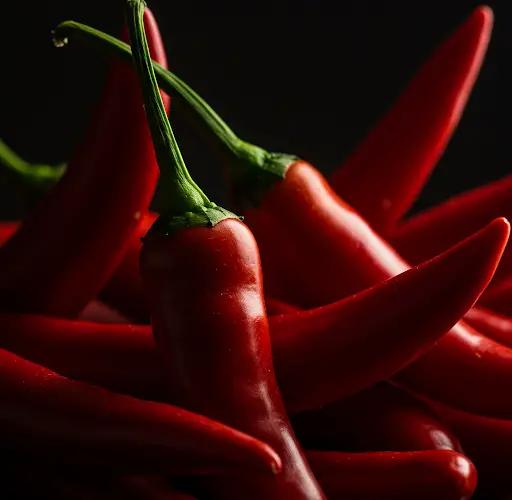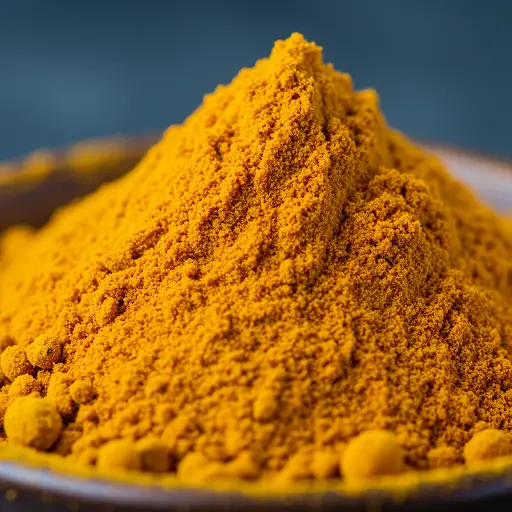Amazing Idea: How to Make Chili Pepper Plants Produce Abundant Fruits at Home
Chili peppers are among the most rewarding plants to grow at home. They’re colorful, flavorful, and a staple in many cuisines. But for many beginner gardeners, getting chili plants to produce a large number of fruits can feel like a challenge. Fortunately, with the right techniques, even a small home garden or potted plant can yield a bountiful harvest of spicy, vibrant chilies.
This method focuses on key principles that are often overlooked: correct pruning, proper spacing, ideal soil preparation, and smart watering. Together, these steps help create a healthy, productive chili plant that thrives and fruits prolifically.
Choosing the Right Variety and Healthy Seedlings
Before planting, it’s important to select a chili variety suited to your climate and growing conditions. Some varieties produce small, spicy fruits perfect for containers, while others grow larger and require more space.
Start with healthy seedlings or germinate your own seeds indoors. Ensure the young plants are strong, with green leaves and a sturdy central stem. Avoid planting weak or leggy seedlings, as they may not produce well even with the right care.
Prepare Nutrient-Rich Soil
Chili peppers love well-draining, loose soil enriched with organic matter. For best results, prepare your growing medium with:
-
Garden soil
-
Compost or well-rotted manure
-
Coco peat or rice husk for aeration
-
A small amount of wood ash or bone meal to supply potassium and phosphorus
Mix these components evenly and fill your planting container or bed. Good soil structure not only boosts root health but also encourages flowers and fruit formation.
Smart Container Gardening
If growing chilies in containers, choose a pot that’s at least 25–30 cm (10–12 inches) wide and deep. This gives the roots room to spread and supports healthy top growth.
Make sure the container has drainage holes to prevent water stagnation, which can lead to root rot.
Transplanting and Spacing
Transplant your chili seedlings into the soil once they’re 4–6 inches tall and have at least 4–6 true leaves. Whether planting in the ground or in pots, leave enough space between each plant—about 30–40 cm (12–16 inches) apart. Proper spacing reduces competition and improves airflow, lowering the risk of pests and disease.
After transplanting, water the plants well and provide partial shade for the first few days to help them adjust.
The Secret: Pruning for More Fruits
One of the most effective tricks to increase chili yield is strategic pruning. Once the plant reaches about 6–8 inches tall, pinch off the top growing point (apical tip). This encourages the plant to branch out and form multiple side shoots, each capable of producing flowers and fruit.
As the plant continues to grow, remove the lower leaves and any suckers near the base to promote better airflow and direct energy toward fruit production.
Balanced Fertilization
Chili plants are heavy feeders. To support flowering and fruiting, apply a balanced fertilizer regularly:
-
Use organic compost tea, banana peel liquid fertilizer, or diluted fish emulsion every 10–15 days.
-
Once the plant begins to flower, reduce nitrogen and increase phosphorus and potassium to encourage fruit growth.
-
Avoid over-fertilizing, especially with nitrogen, as this can lead to lush leaves but few fruits.
Watering Wisely
Chilies prefer consistent moisture but don’t like soggy soil. Water the plants when the top inch of soil feels dry, and do so early in the morning or late in the afternoon.
Too much water can stunt flowering, while too little can cause flowers to drop. A steady, moderate watering schedule is key to healthy growth.
Sunlight and Pollination
Chili plants need at least 6 hours of sunlight daily. Place your pots in a bright location or ensure your garden bed receives plenty of morning light.
For better fruit set, gently shake the flowering branches every couple of days to assist pollination. This is especially helpful when growing indoors or in areas with limited pollinator activity.
Pest Management
Keep an eye out for common pests such as aphids, whiteflies, and mites. These can reduce yield and affect plant health. Use natural remedies like neem oil spray or insecticidal soap to keep them under control.
Also, check under leaves regularly and remove any affected foliage to stop the spread early.
Harvesting for Continuous Production
Once your chilies reach their desired size or color, harvest them using scissors or by gently twisting them off the stem. Regular harvesting encourages the plant to produce even more flowers and fruit.
Don’t wait too long—overripe chilies left on the plant can signal the plant to slow down its production.
Final Thoughts
With the right care, chili peppers can thrive even in small spaces and produce an abundant harvest. By focusing on pruning, balanced feeding, ample sunlight, and smart watering, you can dramatically increase your chili yield using simple, natural methods.
This technique is perfect for beginner gardeners who want results without complicated equipment or chemicals. All it takes is a bit of planning, patience, and consistent care.
Try this method in your garden or balcony—and enjoy a never-ending supply of homegrown, flavorful chilies all season long.



